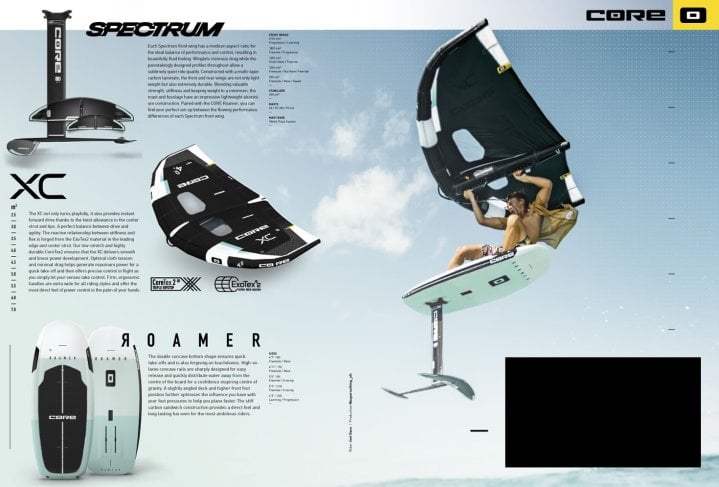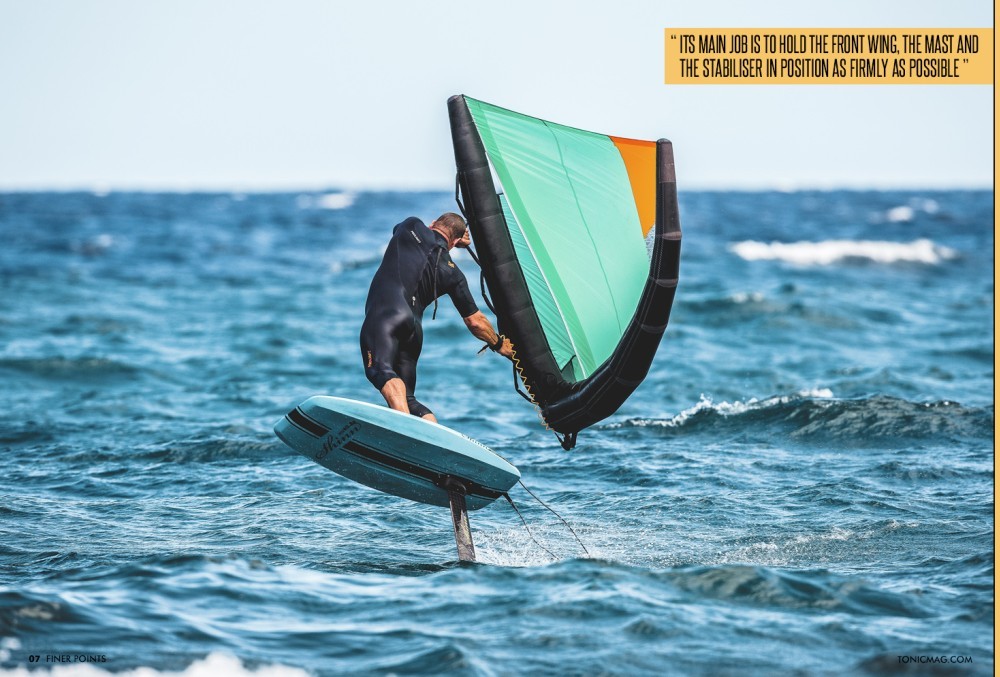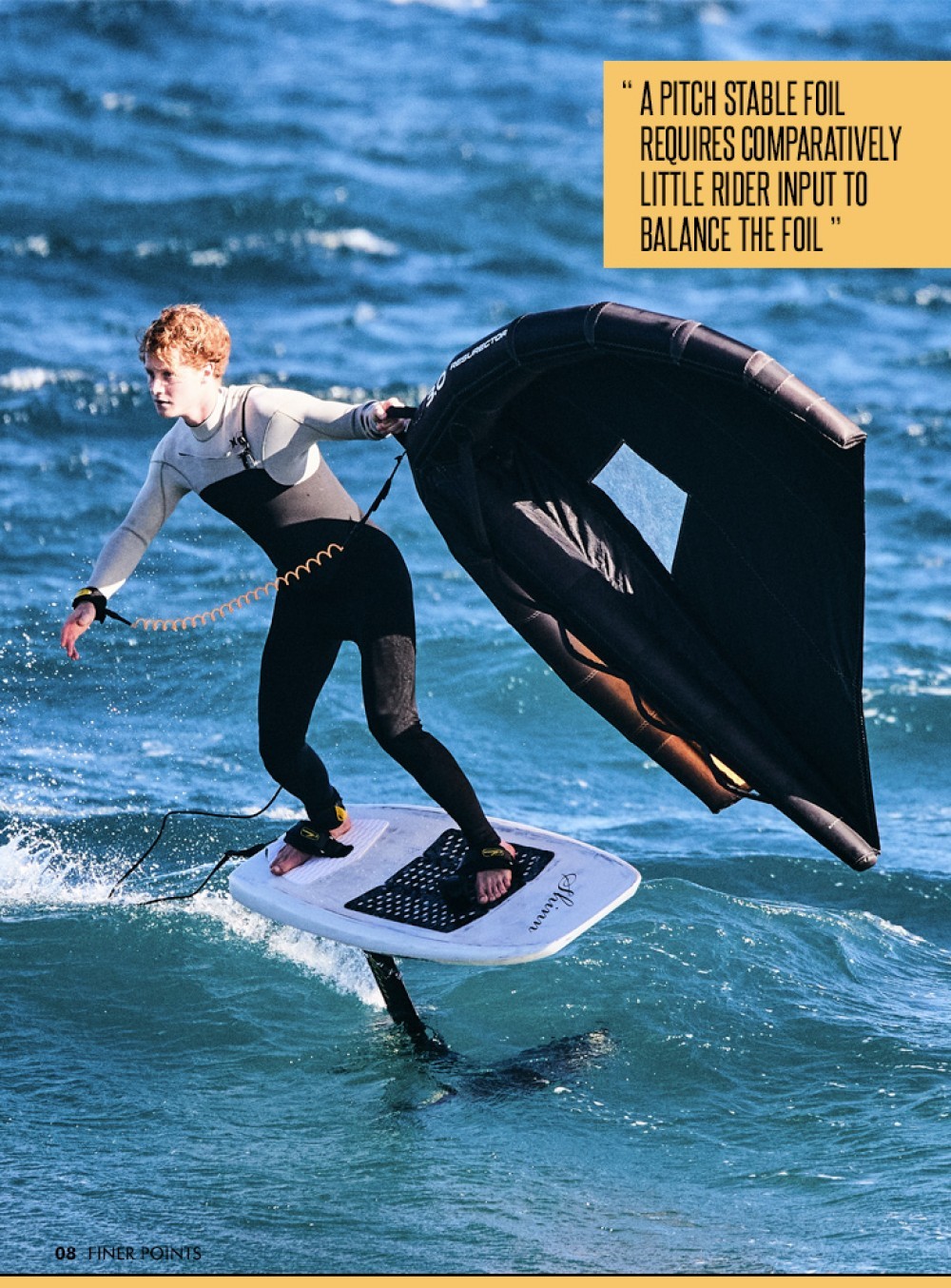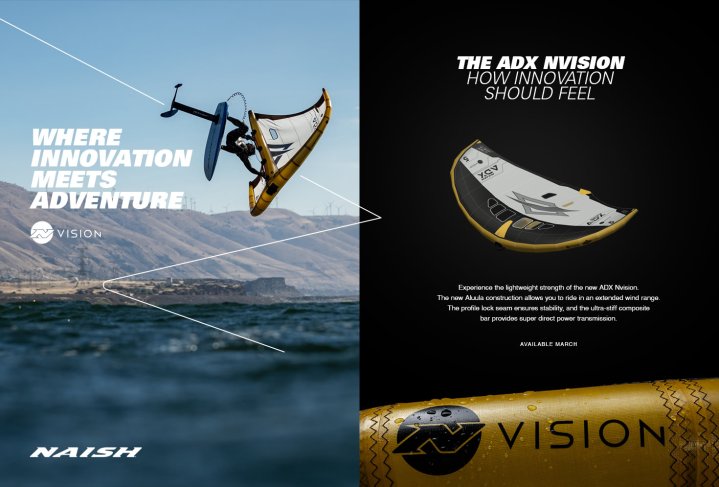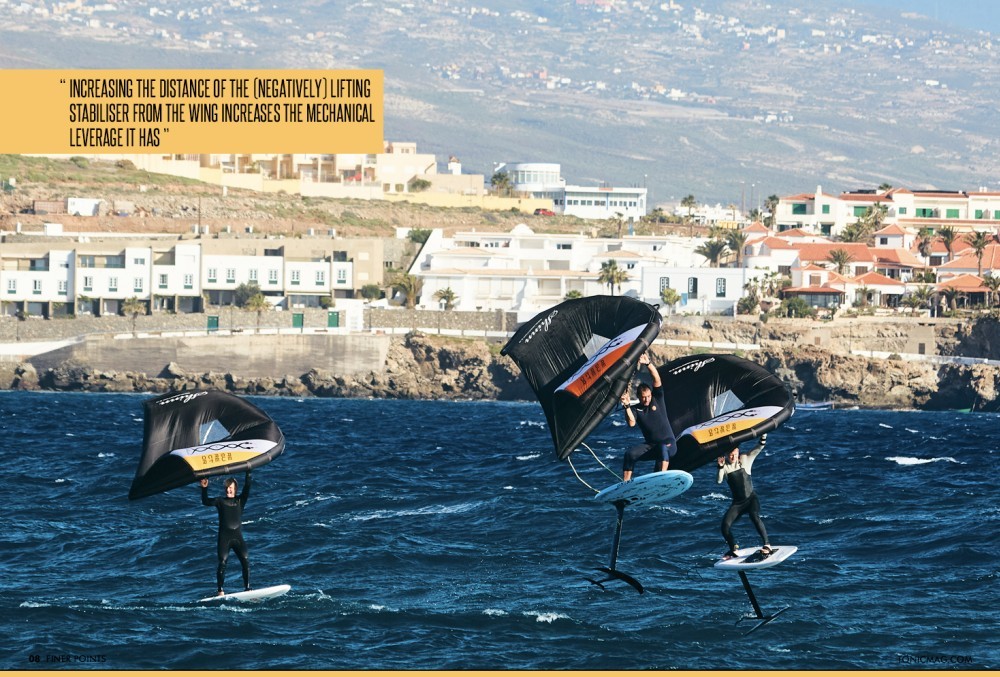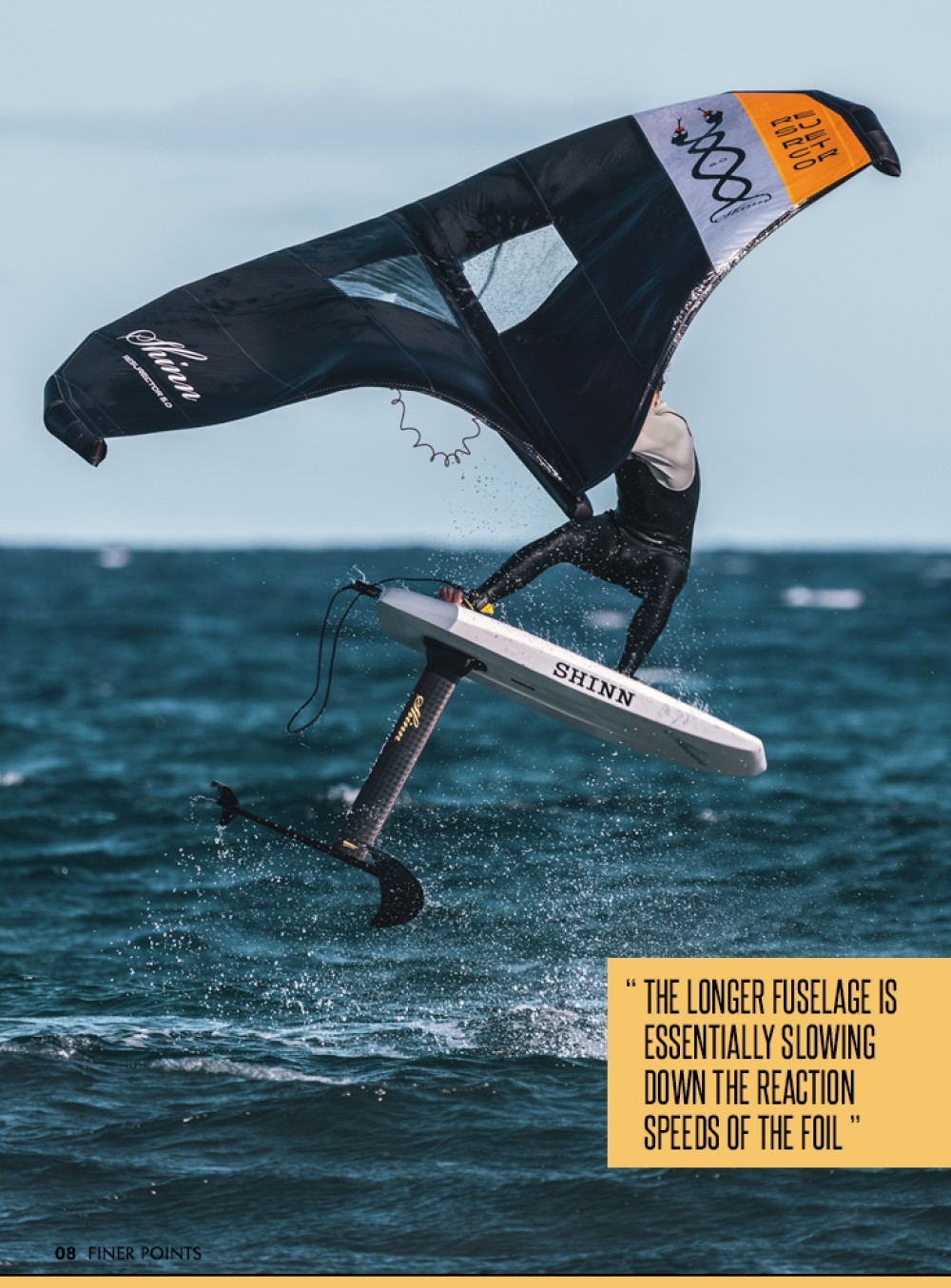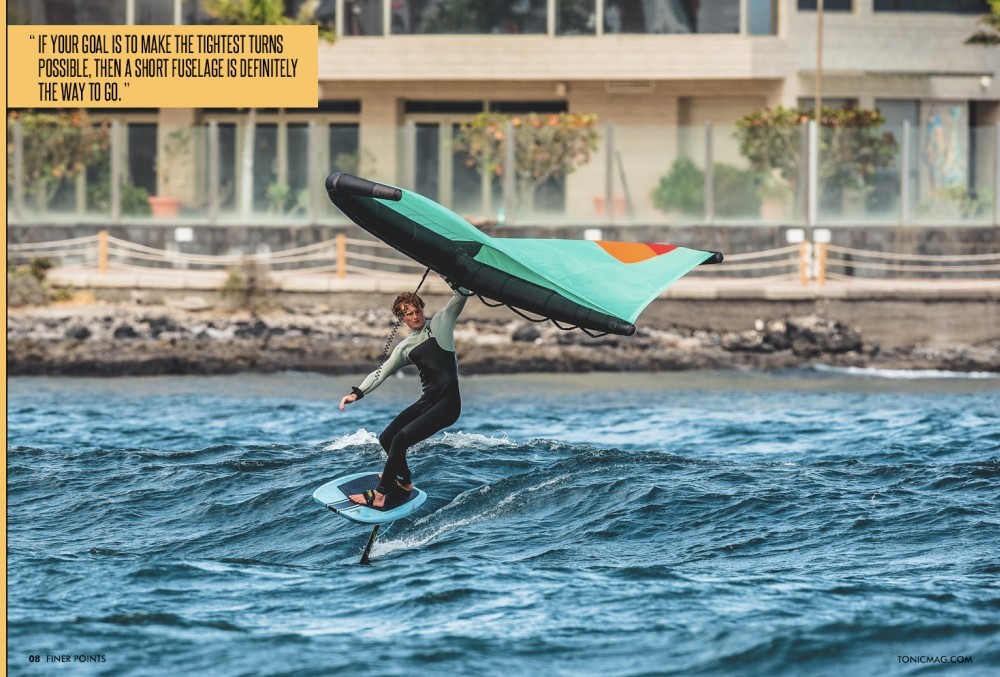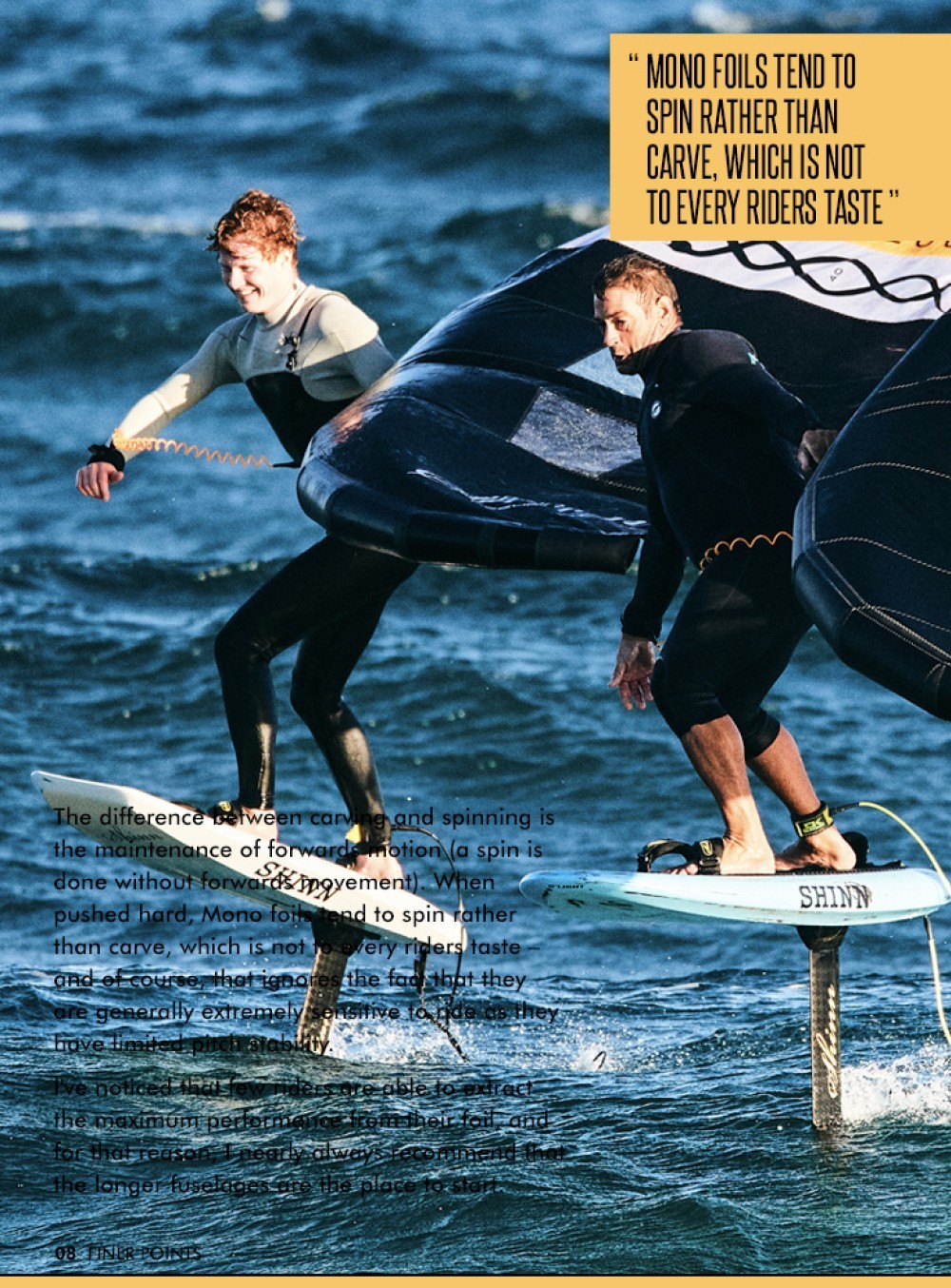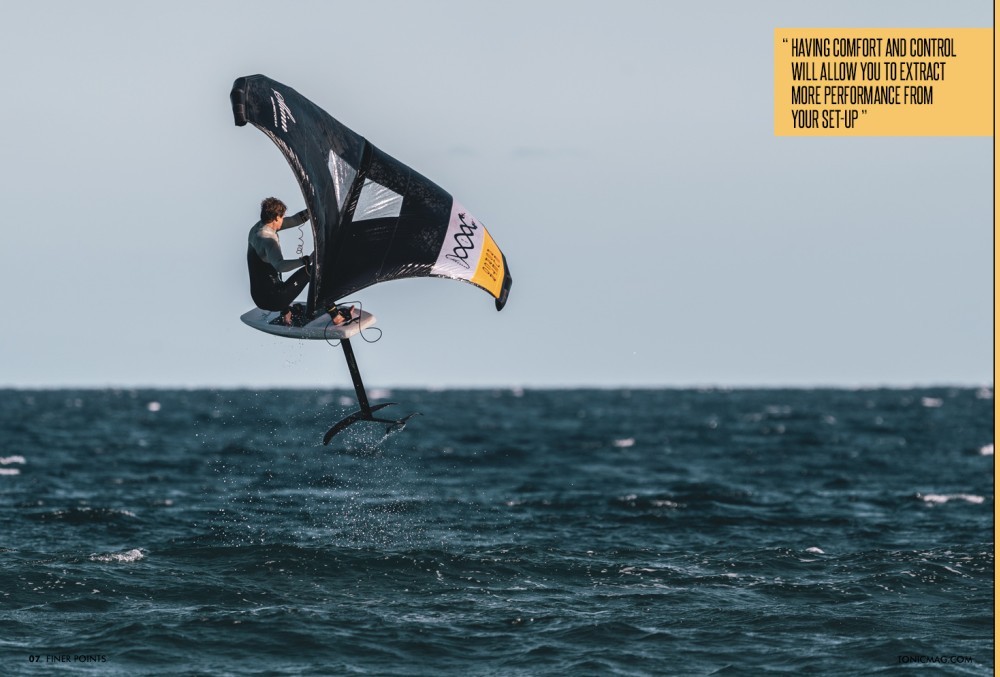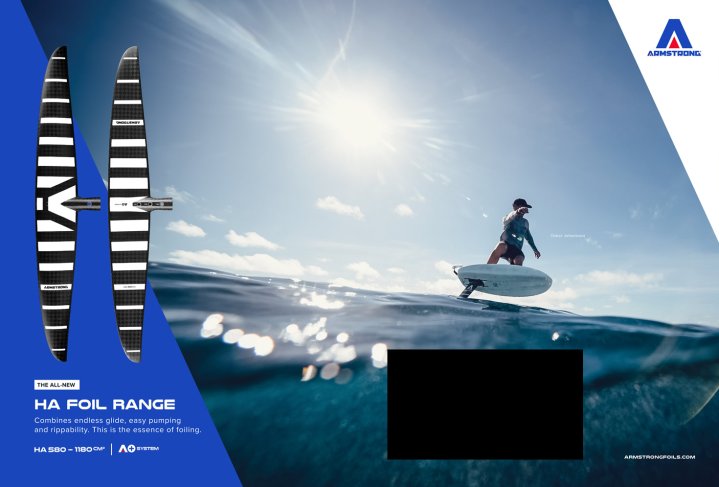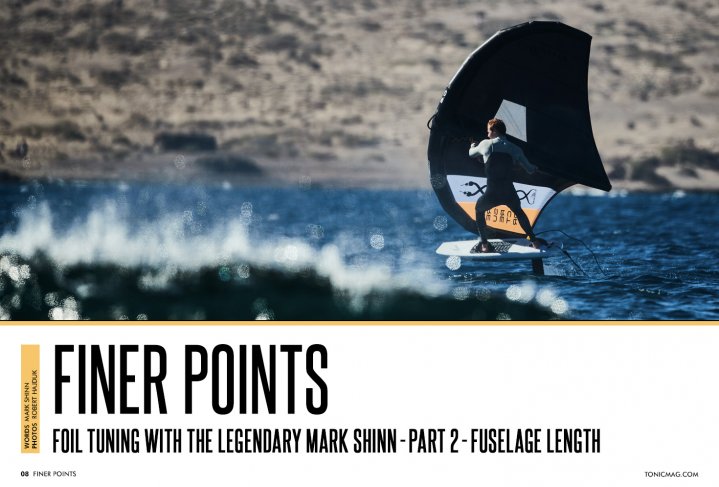
Finer Points - Foil Tuning
Issue 8 / Mon 24th May, 2021
Legendary waterman Mark Shinn is back with more foil tuning knowledge; this time, he looks at the importance of the fuselage and how it effects the way you ride. It’s must-have knowledge for any keen foil enthusiast.
Last time out, we discussed the matters of stabiliser trim and positioning of your foil – if you missed it, I strongly recommend you take a minute to read it BEFORE reading this because the explanations here rely on some of the concepts introduced previously. Today I want to delve a little into the matter of fuselage lengths and its effect on your foils performance.
I'm assuming that anyone that reads an article on foil set up and trim probably already has some experience, and if they don't already own a foil, they soon will do. Pretty much every foil brand offers fuselages of different lengths, but there seems to be a lot of misunderstanding about the function of these.
Let's start by making one thing clear… the fuselage is a structural element of the foil only. Its main job is to hold the front wing, the mast and the stabiliser in position as firmly as possible whilst causing the minimum of hydrodynamic drag. It sounds easy, but it's one of the most challenging parts of the foil to design. There are various versions, from full-length affairs to designs made in two or three pieces. This is why you seldom see a measurement attached to a fuselage – the variety of different construction methods means any such measurement is a little arbitrary.
In general, the appropriate measurement that defines a long or short fuselage is the distance from the back of the mast to the stabiliser. This distance has a critical effect on the performance of the foil. So, what are those effects – let's summarise them into "pitch control" and "turn Radius".
Pitch control is the vertical movement of the foil and is the hardest thing for most riders to master during the learning stages as it is unique to foil riding. Most board riding sports require control of the roll and yaw of the board, but the pitch is controlled by the surface of the water. Pitch requires the rider to balance on the foil whilst reacting to the varying lift the wing produces as your speed increases or decreases.
A foil with poor pitch stability requires fast and frequent weight adjustments from the rider; this is particularly noticeable when riding a swell or entering a transition. A pitch stable foil requires comparatively little rider input to balance the foil during speed variations. One of the ways to achieve more pitch stability is to increase the distance of the stabiliser from the mast, and on this, everyone is agreed, however exactly WHY increasing this distance has that effect is more hotly contended.
Argument number one is that it is a simple matter of mechanical leverage. The wing generates a given amount of lift, and the stabiliser needs to generate a counterbalancing (negative) lift to achieve stable flight. Increasing the distance of the (negatively) lifting stabiliser from the wing increases the mechanical leverage it has, and the corresponding increase in pitch stability is achieved.
At least that's how the theory goes, but I have a problem with it…. In the previous article, we discussed stabiliser Angle of Inclination (AOI) and the effect it has in trimming the foil. Extending the length of the fuselage doesn't change the negative lift the stabiliser is generating; hence the greater leverage should change the trim and balance of the foil (i.e. when using a longer fuselage, you would need to remove negative AOI from the stabiliser in order to maintain the same foil trim at a given speed).
The problem is it doesn't… the trim remains the same, and that brings me to the conclusion that there is no appreciable increase in mechanical leverage.
The alternative theory fits reality a little better is down to vertical turn radius. If we view the pitch adjustments in a foil as following the pattern of a constant radius, then lengthening the fuselage is the equivalent of increasing the radius of that curve. If we consider the highest point the wing can be is just below the surface of the water, and the lowest point is just before the board touches the water, the greater the radius, the further the foil has to travel between these two points so the longer the rider has to react and the slower the response of the foil to that rider input.
The longer fuselage is essentially slowing down the reaction speeds of the foil and giving the rider more time to make the relevant pitch corrections.
So why would anyone want a shorter fuselage that makes their foil harder to control? The answer lies in remembering that your foil is a three-dimensional vehicle, and we have to consider horizontal turn radius as well as vertical. The same theory for controlling pitch relates to the carving and turning ability of your foil on the axis we are all more familiar with; the longer fuselage limits the radius the turn the foil is able to make (try to turn INSIDE the minimum radius and the stabiliser will cavitate causing an instant loss of balancing lift and an almost just as instantaneous face plant).
The increase in turnability is dramatic, and if your goal is to make the tightest turns possible, then a short fuselage is definitely the way to go. Now the brighter amongst you might say – "if shortening the fuselage leads to tighter and tighter turns, why don't we do away with it altogether and ride a MONO foil?" (a wing without a stabiliser). Well, there is no reason at all not too (some riders already do this quite successfully), but we have to consider the 3rd axis now – YAW.
Yaw is the tendency of the foil to slide sideways through the water rather than travelling forwards (let's call it side slip to describe it easily). The stabiliser has the job of controlling pitch stability but also yaw too, to ensure that the back of the foil stays there at the back and doesn't try to overtake the front.
The difference between carving and spinning is the maintenance of forwards motion (a spin is done without forwards movement). When pushed hard, Mono foils tend to spin rather than carve, which is not to every riders taste – and of course, that ignores the fact that they are generally extremely sensitive to ride as they have limited pitch stability.
I've noticed that few riders are able to extract the maximum performance from their foil, and for that reason, I nearly always recommend that the longer fuselages are the place to start.
Having comfort and control will allow you to extract more performance from your set-up rather than having a super high-performance foil that is hard to control, causing you to focus on balance and not the move-in hand.
There is another aspect of fuselage length to consider, and that is its relation to the foils "pump-ability", but I've run out of time here, so let's dive into that one in the next issue…
Until next time!
Videos
By Mark Shinn



